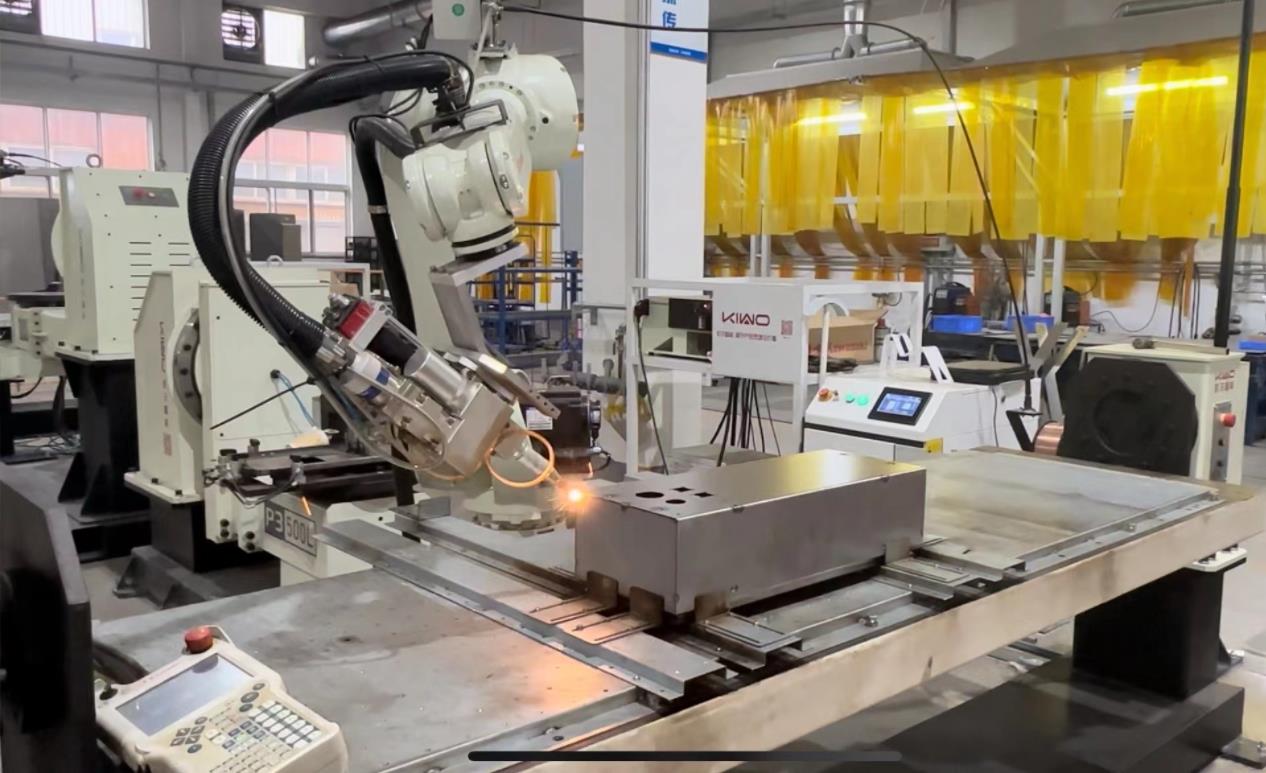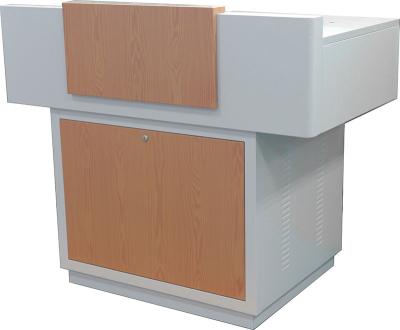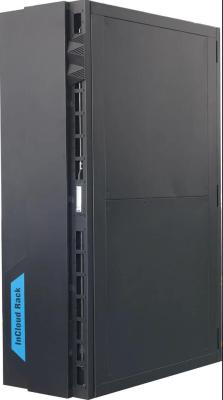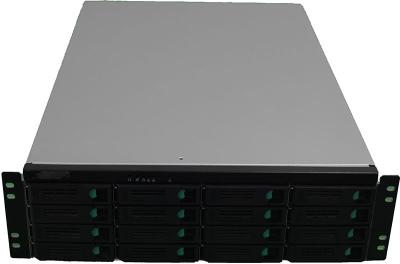What are the advantages of robotic welding in the field of sheet metal processing?
Robotic welding is an automated welding technique that offers many advantages in the field of sheet metal processing. Robotic welding improves productivity, quality and reliability over traditional manual welding. Below are a few advantages of robotic welding in the field of sheet metal processing.
First, robotic welding is highly productive. The robot has fast, precise and stable welding speed and quality control ability. Compared with manual welding, robots can complete a large number of welding tasks in a short period of time, thereby greatly increasing productivity. This is particularly important in the field of sheet metal processing, which often requires extensive welding work.
Second, robotic welding can improve weld quality and consistency. Since robotic welding is an automated process controlled by a computer, it can guarantee the accuracy and stability of welding operations. Robots are able to perform welding operations with a high degree of precision, thereby ensuring the quality and strength of welded seams, reducing the occurrence of defects and quality issues. Robotic welding can provide more consistent and reliable welding results than manual welding.
Robotic welding can also enhance workplace safety. The high temperature, sparks and harmful gases generated during the welding process may pose a threat to the safety of operators. Welding with robots isolates operators from these hazards, reducing the risk of accidents and injuries. In addition, robotic welding can be performed at night or in an unmanned environment, further reducing workplace safety risks.
In addition, robotic welding also has advantages in terms of saving energy and resources. Robotic welding can save energy and material consumption through precise and efficient welding operations. In contrast, manual welding tends to require more power and welding material, and is prone to waste. Robotic welding can control the welding arc and welding speed according to needs, thereby reducing unnecessary energy consumption and material waste.
In addition to this, robotic welding can increase the flexibility and adaptability of production lines. Robotic welding systems can be programmed and adjusted as needed to suit different products and production requirements. This allows the production line to respond more flexibly to market demands and order changes. In addition, robot welding can also be applied to a variety of welding processes and welding materials, further expanding its application range and adaptability.
To sum up, robotic welding has many advantages in the field of sheet metal processing, including increased production efficiency, quality and reliability, enhanced workplace safety, energy and resource savings, and enhanced flexibility and adaptability of the production line. With the continuous progress and development of technology, the application prospect of robot welding in the field of metal plate processing will be broader.




